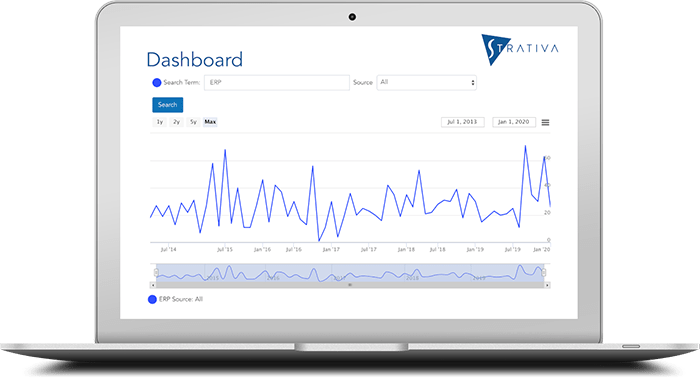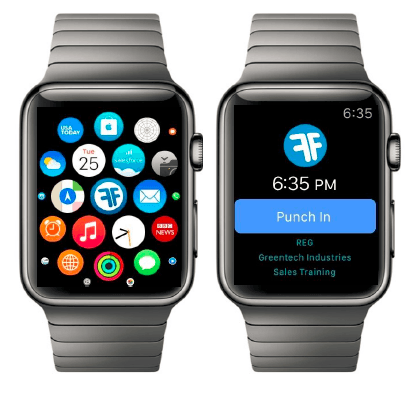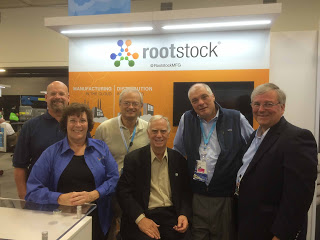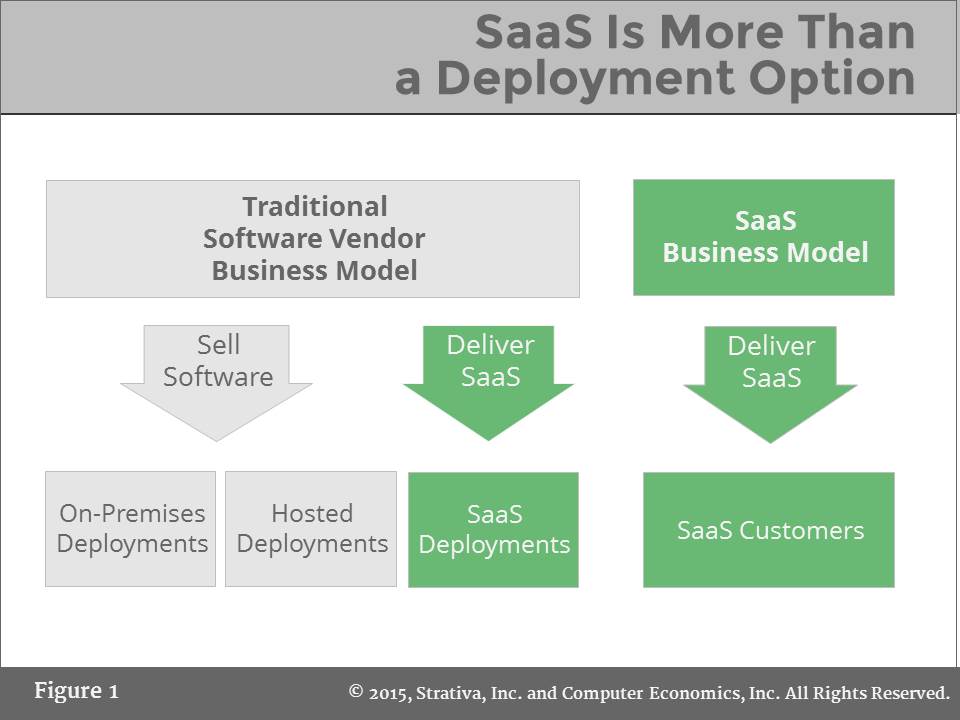
AscentERP is a cloud ERP provider building on the Salesforce platform, with a focus on manufacturing and wholesale distribution companies. Though not as well-known as other ERP providers on the platform, the company is doing some interesting work within its industry focus. This post provides an update to our previous coverage of AscentERP.










